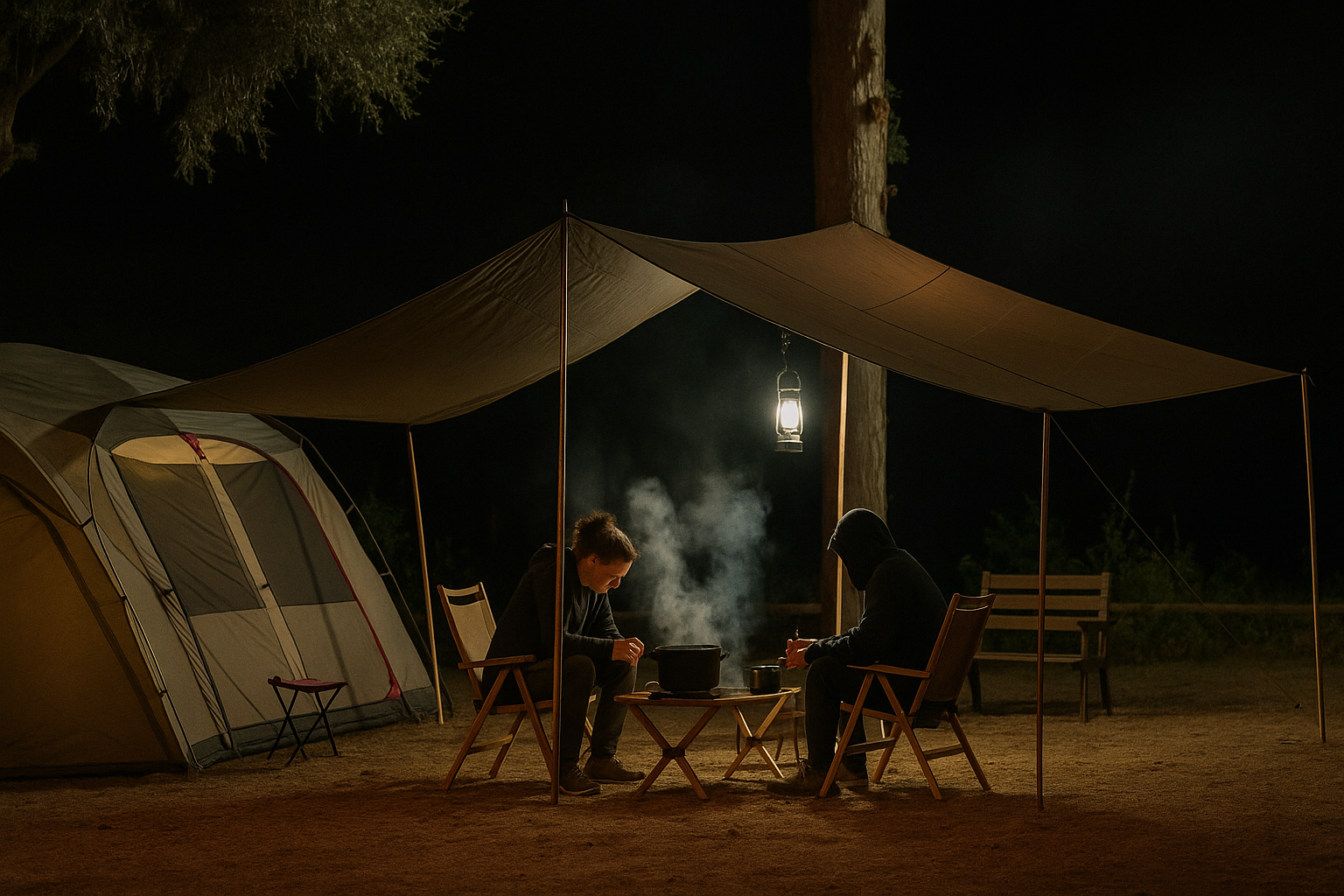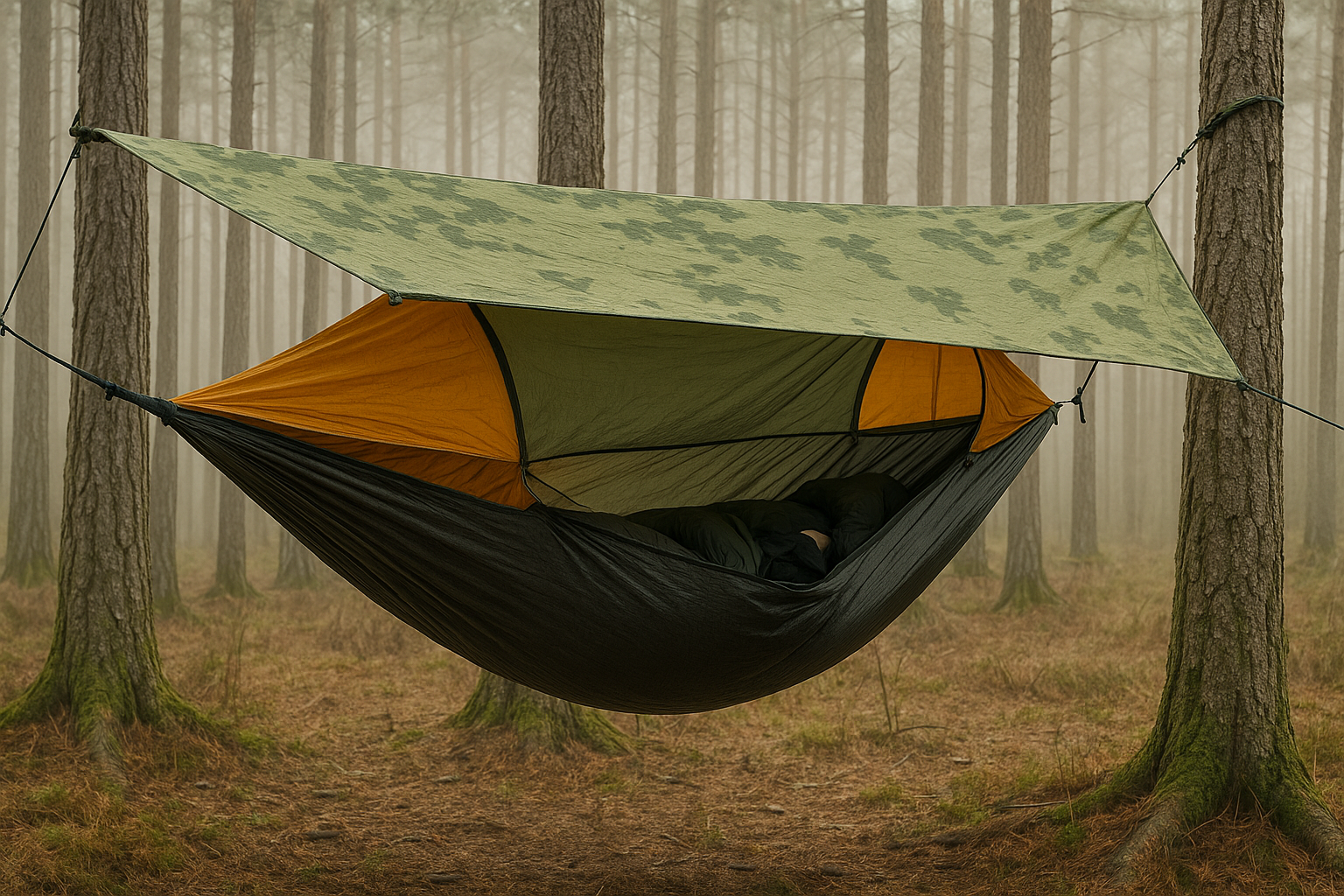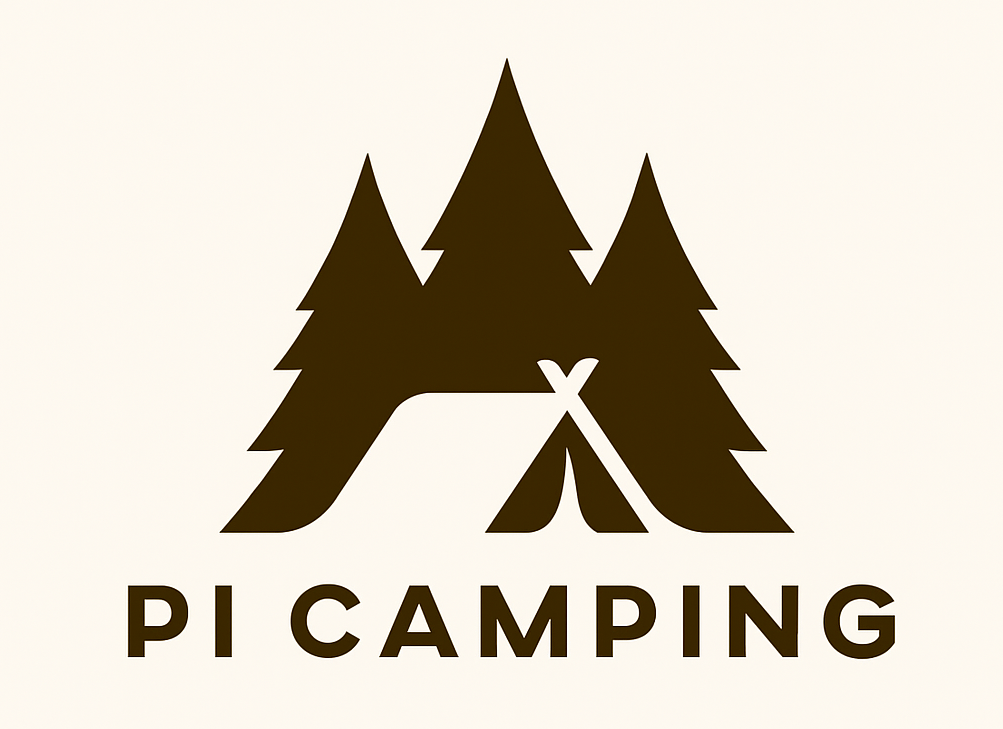Top 5 Camping Tents: Discover the Best Features for Your Next Outdoor Adventure
When organizing a camping excursion, one key factor to consider is shelter. Reliable shelter gear not only protects you from unexpected weather but also ensures comfort and safety throughout your outdoor experience. Whether hiking solo or with family, choosing the right shelter can greatly impact your trip.
In this blog post, we’ll explore the Top 5 Shelter Options every camper should consider.
1. Tents: The Classic Camping Shelter
Tents are the most popular camping shelters, offering safety and comfort while sleeping. Modern tents are lightweight, easy to set up, and designed to withstand harsh weather.

Key Features:
- Size: Available in various capacities (1-person to family-sized)
- Weight: Ultralight (2-3 lbs) to heavy-duty (10-20 lbs)
- Waterproof Rating: Typically between 1,000 mm to 3,000 mm
- Setup: Freestanding or non-freestanding with poles and stakes
Pros:
- Complete protection from insects and weather
- Privacy and security
- Wide variety of sizes and styles
- Easy to set up
Cons:
- Can be bulky and heavy for backpacking
- Some models can be expensive
- Ventilation might be an issue in humid climates
Ideal Use Cases:
- Family Camping: Spacious multi-room tents
- Backpacking: Ultralight or compact models
- Festival Camping: Pop-up tents for quick setup
Price Range:
- Budget: $50 – $100
- Mid-Range: $100 – $300
- Premium: $300+
- Availability: Outdoor retail outlets, online platforms, and camping gear suppliers
Tips: Tents are a versatile choice, offering comfort and protection for all types of campers, from families to solo adventurers.
2. Tarps: Versatile and Lightweight
Tarps are multifunctional shelters that can be used as ground cover, rain protection, or windbreak. They are lightweight and easy to carry.

Key Features:
- Size: Typically 6×8 ft to 12×16 ft
- Weight: 1 to 3 lbs
- Material: Ripstop nylon or polyethylene
- Waterproof Rating: Often 2,000 mm+
- Setup: Requires ropes and poles or can be hung between trees
Pros:
- Extremely lightweight and portable
- Multifunctional (shelter, ground cover, windbreak)
- Affordable and replaceable
Cons:
- No protection from insects
- Requires careful setup to avoid sagging
- Limited privacy
Ideal Use Cases:
- Backpacking: Ultralight shelter
- Survival: Emergency setup
- Car Camping: Extra rain protection
Price Range:
- Budget: $10 – $30
- Mid-Range: $30 – $70
- Premium: $70+
- Availability: Outdoor stores, online camping gear sites
Tips: A tarp is a lightweight, multi-purpose option perfect for minimalist campers and emergency shelters.
Hammocks with a rain fly provide a unique, elevated camping experience, ideal for forested areas.

Key Features:
- Size: Single or double occupancy
- Weight: 1 to 4 lbs
- Material: Parachute nylon with waterproof rain fly
- Setup: Requires trees or similar supports
Pros:
- Comfortable and breathable
- Off-ground sleeping to reduce dampness
- Compact and lightweight
Cons:
- Not suitable for treeless areas
- Vulnerable to wind and cold
- Limited space for gear
Ideal Use Cases:
- Solo Camping: Lightweight and compact
- Forest Camping: Easy setup between trees
- Backpacking: Minimalist shelter
Price Range:
- Budget: $30 – $50
- Mid-Range: $50 – $100
- Premium: $100+
- Availability: Camping stores, online retailers
Tips: Perfect for solo adventurers and forest camping, offering comfort and an off-ground sleeping experience.
4. Bivy Sacks: Minimalist Sleeping Solutions
Bivy sacks are compact, weather-resistant covers for sleeping bags, ideal for solo backpackers.

Key Features:
- Size: Fits one person
- Weight: 1 to 2 lbs
- Material: Breathable, waterproof fabrics
- Setup: Simple sack, no poles needed
Pros:
- Ultralight and compact
- Protects sleeping bags from weather
- Ideal for fast-paced backpacking
Cons:
- Limited space and comfort
- Potential condensation issues
- No gear storage space
Ideal Use Cases:
- Solo Expeditions: Minimalist and light
- Emergency Shelter: Easy to carry
- Alpine Climbing: Low-profile and practical
Price Range:
- Budget: $50 – $100
- Mid-Range: $100 – $200
- Premium: $200+
- Availability: Outdoor gear shops, online marketplaces
Tips: A great option for ultralight hikers needing quick weather protection.
5. Roof Top Tents: Elevated and Spacious
Roof top tents are mounted on vehicles, providing elevated sleeping space ideal for overland adventures.

Key Features:
- Size: Sleeps 2-4 people
- Weight: 100 – 150 lbs
- Material: Heavy-duty canvas or ripstop nylon
- Waterproof Rating: Often 3,000 mm+
- Setup: Fold-out from vehicle roof
Pros:
- Comfortable mattress included
- Elevated from ground pests
- Quick setup and breakdown
Cons:
- Expensive and heavy
- Needs a compatible vehicle
- Reduces fuel efficiency
Ideal Use Cases:
- Overlanding: Vehicle-based adventures
- Family Trips: Comfortable for groups
- Wildlife Areas: Safe from ground pests
Price Range:
- Budget: $900 – $1,500
- Mid-Range: $1,500 – $2,500
- Premium: $2,500+
- Availability: Specialty outdoor stores, vehicle accessory shops
Tips: Ideal for families and overlanders, offering elevation and comfort.
Conclusion
Choosing the right shelter enhances your camping experience. Whether you prefer a classic tent, a lightweight tarp, or an elevated roof top tent, align your choice with your camping style for maximum comfort and safety. Happy camping!
